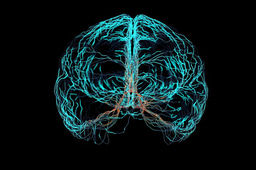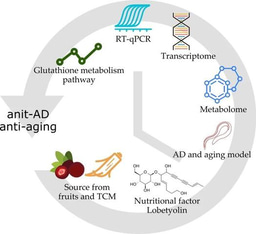Fluidically linked organ chips
Physiological modelling of first-pass metabolism using data from a robotic instrument that fluidically links relevant organ chips predicts human pharmacokinetic parameters for orally administered nicotine and for intravenously injected cisplatin.
Published in Bioengineering & Biotechnology
Like
Be the first to like this
The cover illustrates a set of fluidically linked vascularized organ chips for the prediction of the pharmacokinetics of orally administered drugs or intravenously injected drugs in humans.
See Noval et al. and Herland et al.
Image: Donald Ingber and Lei Jin, Wyss Institute at Harvard. Cover design: Alex Wing.
Follow the Topic
Biotechnology
Life Sciences > Biological Sciences > Biotechnology
-
Nature Biomedical Engineering

This journal aspires to become the most prominent publishing venue in biomedical engineering by bringing together the most important advances in the discipline, enhancing their visibility, and providing overviews of the state of the art in each field.





Please sign in or register for FREE
If you are a registered user on Research Communities by Springer Nature, please sign in